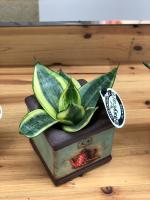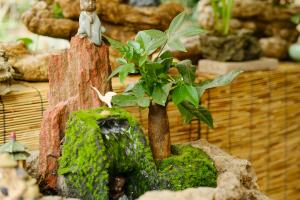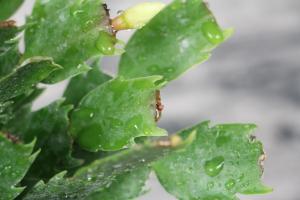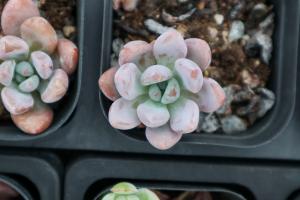Where to Plant Iris: Tips for a Happy Garden
The Best Spot for Iris in Your Garden
When it comes to planting iris, choosing the right location is key. These beautiful plants thrive in sunny and well-drained areas of your garden. Make sure that the spot receives at least six hours of direct sunlight per day. If you notice that the soil is heavy, you can add organic matter to help with drainage. Irises prefer a slightly acidic soil pH ranging from 6.0 to 6.8.
Planting in Containers
If you don't have space to plant irises in your garden, you can always grow them in containers. Use a high-quality potting mix and make sure that the container has drainage holes to prevent waterlogging. You can plant irises in pots in the spring or fall.
How to Plant Iris
When planting iris, dig a hole that is about twice the size of the root ball. Gently place the plant in the hole and make sure that the crown - the area where the top of the rhizome meets the roots - is level with the soil surface. Space the plants about 12-16 inches apart. Water the iris thoroughly after planting.
Caring for Iris Plants
To ensure that your iris plants thrive, you need to provide them with proper care. Irises need regular watering, especially during dry spells. However, make sure not to overdo it as the soil should never be soggy. Fertilize iris plants once or twice a year with a balanced fertilizer. In the fall, cut back the foliage and remove any dead leaves or stems.
Common Problems and Solutions
Iris plants are generally hardy and healthy, but they can be affected by pests and diseases. One common problem is iris borer, which is a caterpillar that feeds on the iris rhizome. You can control this pest by inspecting your plants regularly and destroying any infested rhizomes. Other problems like fungal diseases and root rot can be prevented by ensuring proper drainage and avoiding overwatering.
Conclusion
Iris plants are a beautiful addition to any garden. By choosing the right spot for planting, providing proper care, and addressing any problems that arise, you can enjoy happy and healthy iris plants. Whether you are planting in the garden or in containers, with a little effort, you can grow beautiful irises for years to come.

 how many times do yo...
how many times do yo... how many planted tre...
how many planted tre... how many pine trees ...
how many pine trees ... how many pecan trees...
how many pecan trees... how many plants comp...
how many plants comp... how many plants can ...
how many plants can ... how many plants and ...
how many plants and ... how many pepper plan...
how many pepper plan...
































